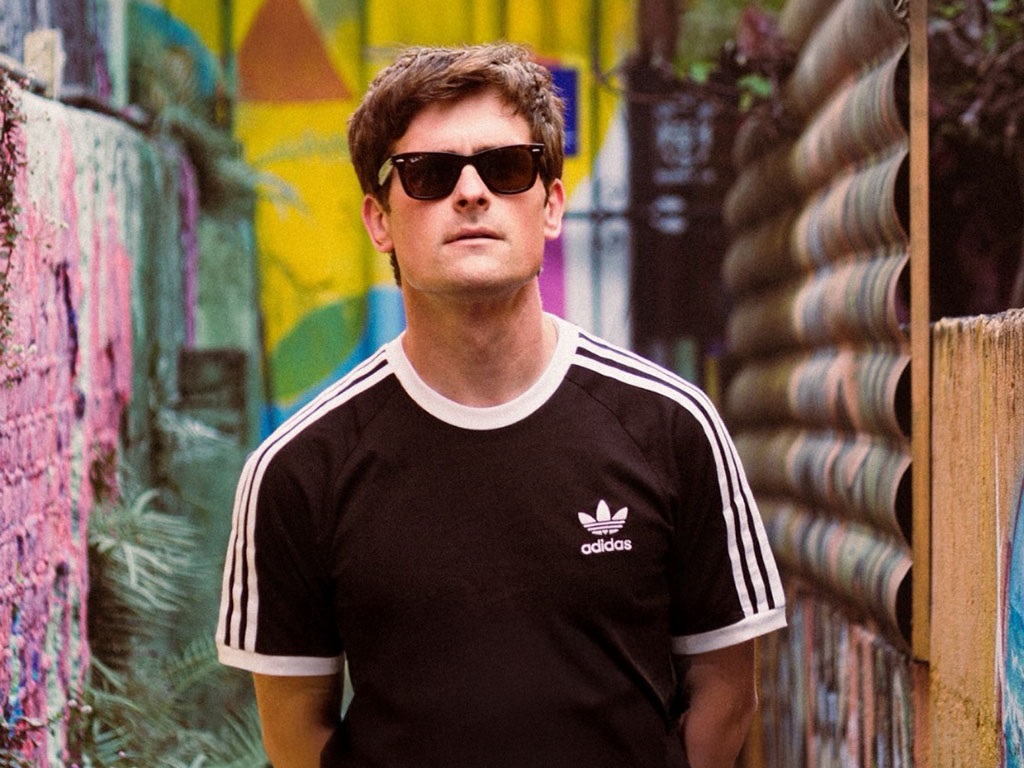When you’re peering into a cup of coffee, do you ever wonder how it got there?
Growing, harvesting, processing, drying, milling, hulling, polishing, sorting, grading, roasting, cupping, grinding, brewing… The bean-to-cup journey is a long and painstaking one that, at every step, demands dedication to producing the ultimate coffee-drinking experience.
For our sweet single origin El Salvador coffee, which comes from Finca La Esperanza in western El Salvador, a significant part of the journey in terms of delivering a cup reflective of the terroir, is the processing – turning harvested fruit into coffee beans.
Numerous methodologies are followed by coffee growers around the world to produce beans fit for roasting, a highly-specialised craft in itself. Essentially, though, there are natural coffees and washed coffees. Our El Salvador coffee is produced using the washed or wet method.
What’s the difference between natural and washed coffee?
Methods vary from grower to grower and region to region but natural coffees are dried in the fruit, or ‘in cherry’, with the fleshy fruit of the cherry still intact. It can take weeks until the moisture content dips below the desired 11 per cent level, during which time the fruit oxidises and naturally ferments, usually resulting in a fruitier flavour profile.
With washed coffee the beans are dried ‘in parchment’ once the skin, the outer pulp and the sticky, protective pectin-rich mucilage (sometimes referred to as as ‘honey’), which helps to remove any impurities and tends to give the coffee a cleaner, sweeter taste. Less fruity.
In the washed coffee process favoured by Finca La Esmeralda the cherries are sent to a wet mill, where a pulping machine removes the skin and fleshy pulp within 12 hours of harvesting.
The mucilage still clings to the bean. To remove it, the beans are soaked in water-filled fermentation tanks for up to 36 hours where a chemical reaction causes the mucilage to loosen, after which it can be washed off with fresh water. That leaves the ‘green’ coffee (actually pale beige in hue) which has been sorted and graded to be dried before the beans are ready to be roasted.
Carlos Portillo is the manager of Beneficio San Miguel, the wet mill charged with the task of processing La Esperanza coffee. He works closely with Raul and Sebastian Alvarez to ensure an end product of the very highest quality. “We strive to create spectacular, unbeatable coffee”, he says with the unassuming pride of the experienced coffee artisan. Carlos and his team know exactly when fermentation is complete and the beans are ready to be washed and dried.
At Beneficio San Miguel, drying takes place on traditional clay-tiled terraces the size of tennis courts where the beans are laid out in the sun and gently raked throughout the day by experienced workers to promote even drying and ensure the complexity of flavour from the Alvarez family’s coffee trees is locked in.
The result is a clean, crisp and characterful Red Bourbon, balanced in acidity with notes of white honey, praline and papaya, perfect as espresso – the quintessential El Salvador coffee.
Magic beans
To understand coffee processing it helps to understand the anatomy of the coffee cherry. The fruit of the coffee tree, commonly referred to as a cherry because it turns red and cherry-like when ripe, contains the beans we roast to make coffee. They’re actually seeds – a pair to each cherry. You can’t see the beans when you pick the fruit, in the same way you can’t see the pip of a cherry, but they’re there. The layers have to be stripped away.
Below the outer fruity layer of skin and flesh is a sweet, sticky layer called the mucilage. Only when this mucilage is removed are the beans ready to be roasted.
Think: skin, pulp, mucilage, parchment, bean. The bean is the gold.
Colour confusion
Coffee buyers refer to the milled beans, packed into sacks and shipped to the roastery as ‘green coffee’. They’re green in the sense that they are raw and unroasted, but colour-wise they are a subtle tint of green, not bright green like a lime. In fact, the hue varies greatly, depending on the variety, from pale pistachio to peanut beige to stony blue to biscuity brown.
The familiar shiny dark brown colour of the beans you grind at home, and we grind at Caffe Nero before brewing your coffee develops during roasting. A dark roast can result in a very dark brown bean but should never be black. If coffee beans are black they have been over-roasted and will taste of charcoal. Yuk!
And of course a ‘black’ coffee may look black in the cup but is actually very dark brown.
Somewhat confusingly, coffee cherries, which start off green then turn cherry red or purple when ripe can also be yellow (e.g. Yellow Bourbon)!
Our El Salvador single origin is made with Red Bourbon, a classic arabica cultivar. Starts green, turns red, becomes beige which is green, goes dark brown and is served black. Got it?
La Esperanza can be enjoyed right now at your nearest Caffe Nero, and is also available as whole beans or ground coffee (for filter or cafetiere) in 200g bags and fully recyclable Nespresso® Compatible capsules.



